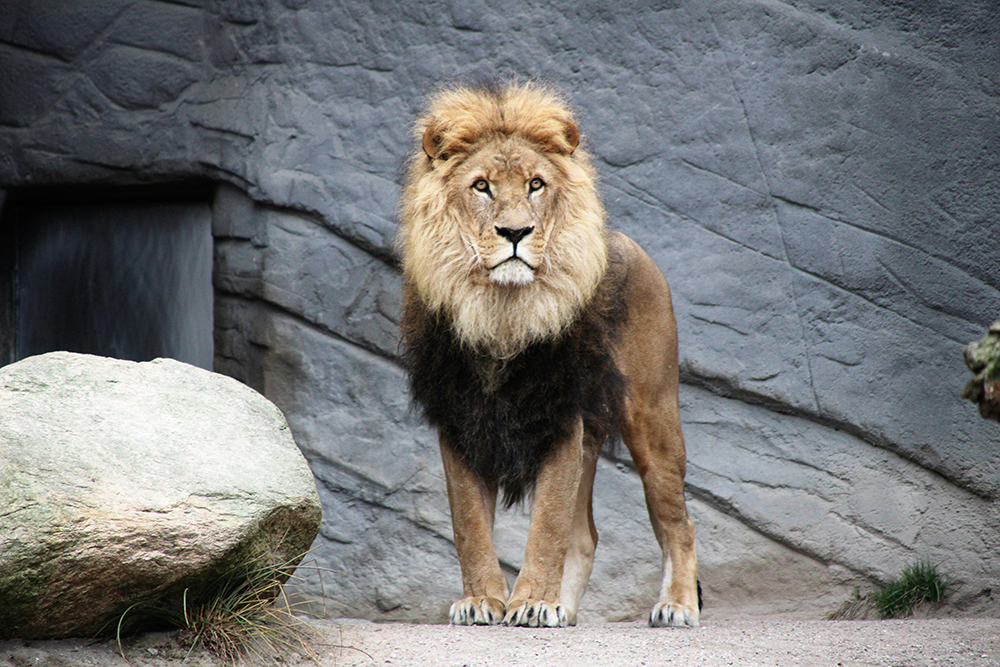The paper “Miss Tammy as a Use Case for Moral Prompt Engineering” by Myriam Rellstab and Oliver Bendel from the FHNW School of Business was accepted at the AAAI 2025 Spring Symposium “Human-Compatible AI for Well-being: Harnessing Potential of GenAI for AI-Powered Science”. It describes the development of a chatbot that can be available to pupils and de-escalate their conflicts or promote constructive dialogues among them. Prompt engineering – called moral prompt engineering in the project – and retrieval-augmented generation (RAG) were used. The centerpiece is a collection of netiquettes. On the one hand, these control the behavior of the chatbot – on the other hand, they allow it to evaluate the behavior of the students and make suggestions to them. Miss Tammy was compared with a non-adapted standard model (GPT-4o) and performed better than it in tests with 14- to 16-year-old pupils. The project applied the discipline of machine ethics, in which Oliver Bendel has been researching for many years, to large language models, using the netiquettes as a simple and practical approach. The eight AAAI Spring Symposia will not be held at Stanford University this time, but at the San Francisco Airport Marriott Waterfront, Burlingame, from March 31 to April 2, 2025. It is a conference rich in tradition, where innovative and experimental approaches are particularly in demand.
Cow Whisperer, Horse Whisperer, and Dog Whisperer
On August 5, 2024, the final presentation for the project “The Animal Whisperer” took place at the FHNW School of Business. It was initiated by Prof. Dr. Oliver Bendel, who has been working on animal-computer interaction and animal-machine interaction for many years. Nick Zbinden, a budding business informatics specialist, was recruited as a project collaborator. From March 2024, he developed three applications based on GPT-4o, the Cow Whisperer, the Horse Whisperer and the Dog Whisperer. They can be used to analyze the body language, behaviour, and environment of cows, horses and dogs. The aim is to avert danger to humans and animals. For example, a hiker can receive a recommendation on their smartphone not to cross a pasture if a mother cow and her calves are present. All they have to do is call up the application and take photos of the surroundings. The three apps are now available as prototypes. With the help of prompt engineering, they have been given extensive knowledge and skills. Above all, self-created and labeled photos were used. In the majority of cases, the apps correctly describe the animals’ body language and behavior. Their recommendations for human behavior are also adequate. The project team summarized the results in a paper and submitted it to an international conference (Image: Ideogram).

